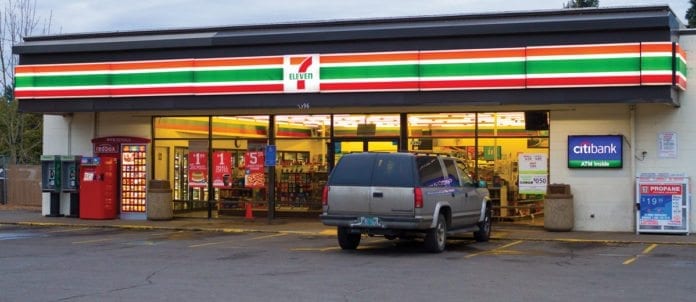Issue 48, Number 3
Written By: Robert Carter
Traditional quick-service restaurants (QSRs) have been losing customer visits to convenience stores (c-stores) and fast-casual operators for nearly five years. While this trend first gained momentum south of the border, there’s now noticeable crossover into the Canadian market as consumers continue to reassess how they think about and purchase meals and snacks. So, it’s important foodservice operators recognize and address this trend north of the 49th parallel.
It’s no surprise consumers buy the majority of their meals- and snacks-on-the-go from traditional QSRs, retail establishments and fast-casual outlets. Last year traditional QSRs fulfilled 77 per cent of the need, while retail outlets and fast-casual concepts provided the remaining 23 per cent. At c-stores alone, this translated into five-billion visits in 2014 for prepared foods and beverages — visits that steal share from QSRs. In fact, c-stores and fast-casual outlets have posted strong growth at the expense of traditional QSRs and remaining retail outlets.
While c-store operators meet consumer needs for convenience — serving customers quickly on the way to work — the quality of food is not keeping up with competitive offerings. Realizing this is a growth opportunity, many c-store operators have begun to improve their food-and-beverage offerings, providing an increasing number of options that compete directly with other quick-service concepts. They’re offering more prepared foods and beverages, which address consumers’ hunger for variety and quality at reasonable and affordable prices. Similar to the home-meal replacement category, c-stores are exploring the addition of rotisserie chicken, Mexican food and sushi.
As a result, these food-forward chains such as Altoona, Pa.-based Sheetz, WaWa, Pa.-based Wawa and Dallas-based 7-Eleven steadily increased their share of total c-store visits. In 2010, their share of the market was 14 per cent; today they capture more than 17 per cent of total c-store visits, a sizeable increase in four years.
However, these operators are not focused solely on the food they offer, they’re also delivering on consumers’ desire for a better experience, similar to how QSRs are upscaling their interiors. After all, food is not the primary reason consumers give for visiting one c-store over another. They’re looking for quality food prepared on site, but they also care about other aspects of the visit experience; restroom cleanliness and overall store appearance are visit drivers as well.
It’s clear the battle for market share in the QSR arena will only intensify as more c-store operators with limited foodservice capabilities realize the opportunity to grow their business by focusing on the food and customer experience.


















